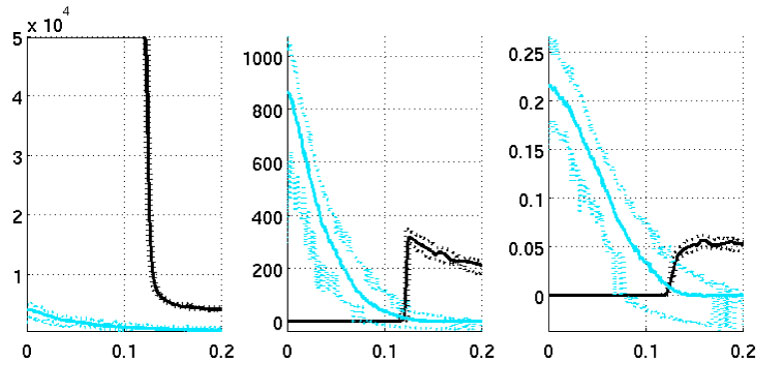EPJ B Highlight: Improved model of energy highway along protein strands
- Details
- Published on 28 August 2017

Lessons from self-trapped electrons in crystal lattice offer better predictive power for transport model
Ever heard of polarons? They are a kind of quasi-particle resulting from electrons self-trapping in a vibrating crystal lattice. Polarons can be harnessed to transport energy under certain conditions related to the relative vibrations of the electrons and the lattice itself. The theory explaining how polarons carry energy in crystals can be applied to long molecules called polypeptides—which can fold into proteins. In a new study published in EPJ B, Jingxi Luo and Bernard Piette from Durham University, UK, present a new mathematical model describing how polarons can be displaced in a directed way with minimum energy loss in linear peptide chains—which were used as a proxy for the study of proteins. The model therefore accounts for the energy transport mechanism explaining how energy generated inside a biological cell moves along transmembrane proteins towards the cell's exterior.
So how are polarons created? Regular crystal lattices display spontaneous vibrations. The presence of electrons produces localised distortions of these vibrations. When the electrons and the lattice experience a particular kind of electromagnetic interaction, or coupling, the energy potential for the electron is lowered, thus trapping it within the lattice. A similar coupling takes place between polarons and the peptide units in polypeptides.
Using simulations, the authors found that what determines the ability of polarons to transport energy is partly linked to the degree of symmetry of the electron interaction with the lattice. One prediction of their model is that a constant electric field, used in concert with random forces caused by heat in the cell environment, can initiate and sustain the motion of a polaron along a polypeptide chain. And this electric field matches the constant energy potential difference to be found across the membrane of a typical cell.
Jingxi Luo and Bernard M.A.G. Piette (2017),
A generalised Davydov-Scott model for polarons in linear peptide chains,
European Physical Journal B, DOI: 10.1140/epjb/e2017-80209-2





